How To Embroider On Printed Fabric
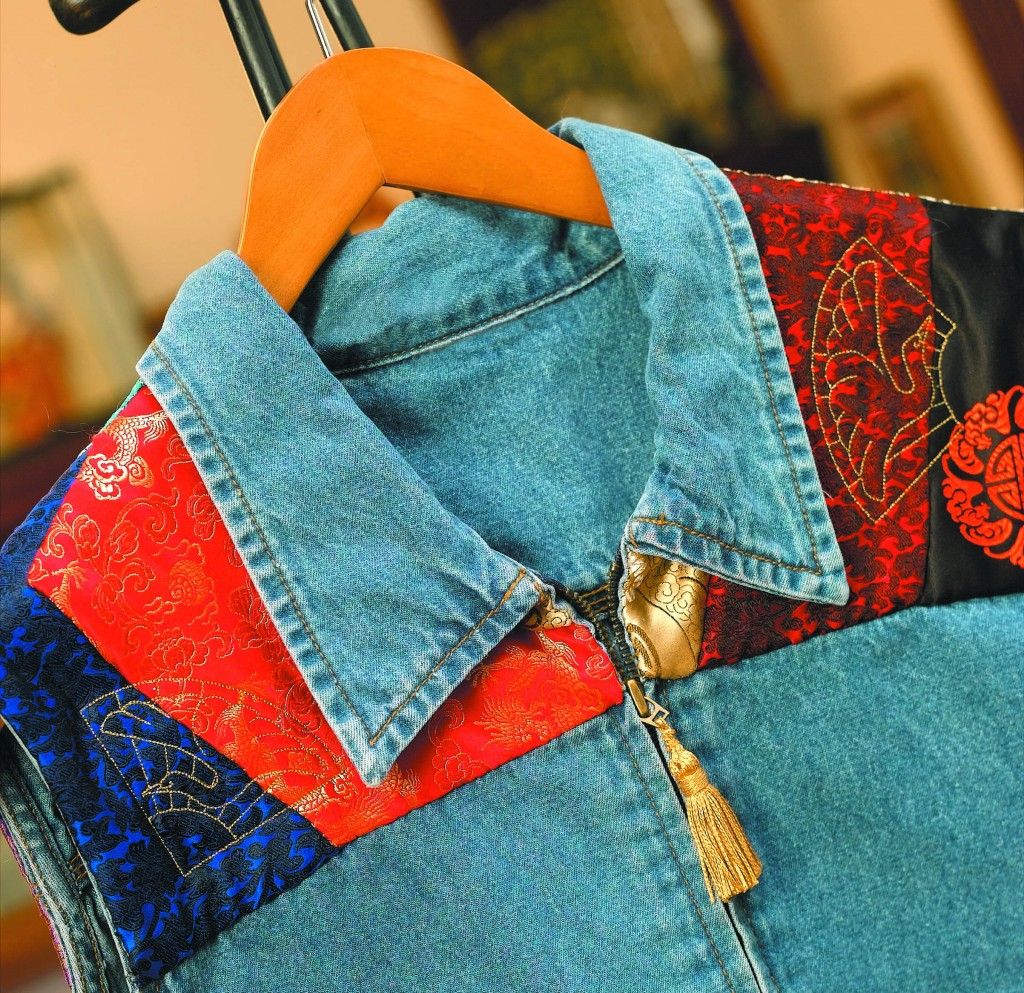
Most often we think about embroidering on solid colors, but prints offer the chance for added color and patterning, as long as you choose them wisely.
FABRIC SELECTION
A visit to your local fabric store can put you on overload if you’re considering prints for the first time as an embroidery background. Never fear—just follow these helpful hints to make the right choice, and remember, not every print is a good choice to pair with embroidery.
Scale. Think about the size of the print—does it have bold patterning that will compete with the embroidery motif? Or, is the patterning subdued and non-descript to showcase the stitching? If you want the embroidery to stand out prominently, choose a background that won’t compete with similar size motifs. Smaller motifs tend to recede.
Print character. Some print fabrics can really function as non-prints. Tone-on-tone and print colors similar in value to the background tend to be perceived as solids, rather than prints. Look for small dots, mini-stripes, swirls and watercolor prints as the perfect canvas.
Patterning can be an inspiration—fabric with wavy lines can be the perfect background for a swimming fishor an embroidered roller coaster. An allover bug print is a fun backdrop for embroidered bug motifs—stitch them in colors similar to the background and let the kids find and count how many bugs are on their shirt.
Those fabrics with more distinct design elements and bold colorations tend to dwarf the prominence of an embroidered motif, unless there is a bold thread color contrast.
Conversational. Let the fabric speak to you—a phrase we often hear in relation to choosing a garment pattern—is true for whimsical embroidery combinations. Look for fabrics that actually have words on them; they offer a key to related embroidery motifs. For example, a fabric with “woof” and “meow” offers a canvas for dog and cat motifs or appliqués.
Graphics. Some prints come with ready-made locations for embroidery—whether flower printed frames or large, bold checks—just fill them in with something related.With these preprints, fine-tune your placement skills to center the embroidery within the print motif.
THREAD SELECTION
The choice of thread color and weight affects how prominent the embroidery motifs will appear in relation to the background fabric and the mood desired.
If adding embroidery to a heavy home-décor-weight fabric, it’s best to choose a heavier thread coupled with a larger motif so it will show up well. If embroidering over a silky pastel lingerie fabric, a 60-weight thread is the ticket to maintain the soft look and feel.
Thread color also affects the project’s overall look and determines the prominence of the embroidery in relation to the background. The closer the thread color is to the background print color, the less prominent the embroidery.
If the fabric print has metallic highlights, a similar shiny thread color can add accents—either in a slightly lighter or darker coloration.
If the fabric is multi-colored, use the background colors as a clue for selecting the motif’s thread colors.
When embroidering with quilt motifs over printed fabrics, choose either monofilament thread (smoke or clear) for just a hint of patterning, a similar thread color to the background for more, or a contrast color for design prominence.
DESIGN SELECTION
When picking an embroidery design to pair with a print, you’re creating an overall feeling. The motif should have some relationship to the print, either in theme, color or mood.
Playing with the mood is part of the fun—do you want the finished project to be whimsical, subtle or dramatic? Often, you can choose a design element from the print fabric and find an embroidery motif that’s similar and it can be stitched in coordinating colors. Filled embroidery designs become the prominent feature when sewn over a print, as do appliqué motifs. Outlined designs, such as quilting motifs and satin stitch edgings allow the print to show through the embroidery. This can be good, or not, depending on the print. Sometimes the overall project can become too busy looking, as there is no focal point.
Don’t forget that just because a motif is designed to be stitched out in multiple colors, you don’t have to—change it to a single color for a different look. If the machine allows, inactivate the “stop” button so the machine will keep stitching even though the touch screen may indicate a color change and/or stop.
SPECIAL EFFECTS
Light Over Dark.When embroidering a light color design over a dark color background, a topper may be needed to prevent the color and pattern of the fabric from showing through the print. Think about a white bunny on purple polka dot fabric—you don’t want the purple or the dots to tint your rabbit.
Choose a colored vinyl topper to completely block the background from showing through the embroidery motif. Lay it down on the right side of the fabric prior to stitching the light color. It pulls away after the needle perforates it during the stitching process.
Repeat Performance. Why stop with just one embroidery motif? Create an all-over print by repeating the motif randomly over the surface of the project. Do this using embroidery software to fill the hoop with repeat motifs, or simply move the fabric and re-hoop as needed.
Go bold. Think about embroidering over bold prints or pieced work. Choose motifs that are open, airy and have a low number of stitches, so the special fabric(s) show through. Gold or silver thread works well to accent bold prints, as it tends to stand out without overpowering.
A sheer thing. If you dearly love a print, but somehow it’s a bit too bright or bold to pair with an embroidery motif, place a piece of sheer fabric or lace over it before adding the design. This tones down the print and places more emphasis on the embroidery work, but still allows it to peek through.
————————————
Don’t miss out! Find more great projects and ideas in our newest issue, available on newsstands and at shopsewitall.com!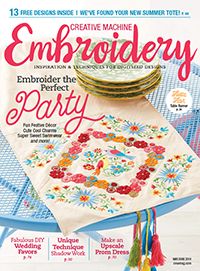

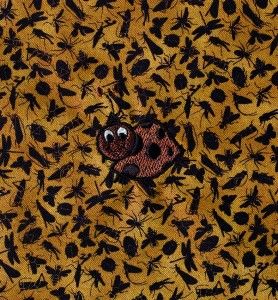
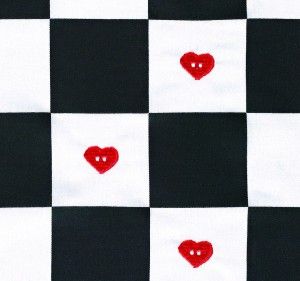
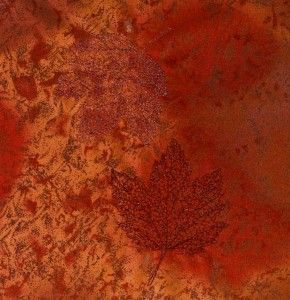
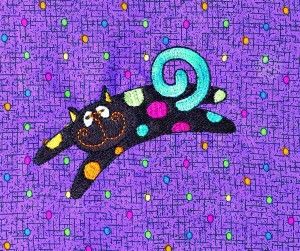
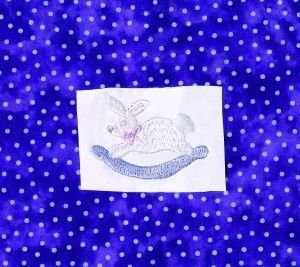
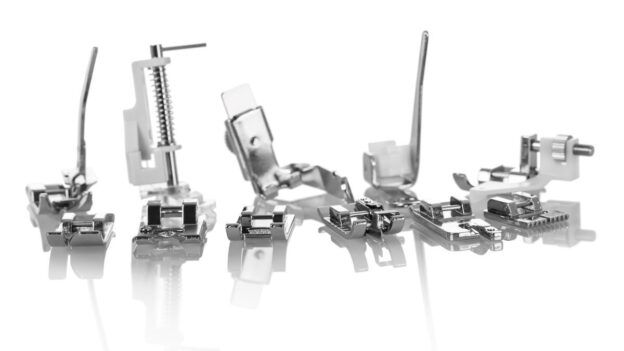

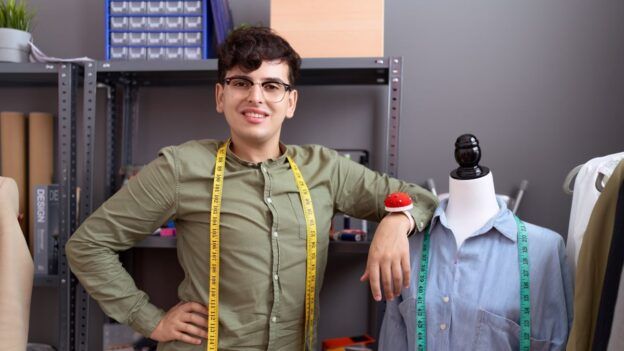

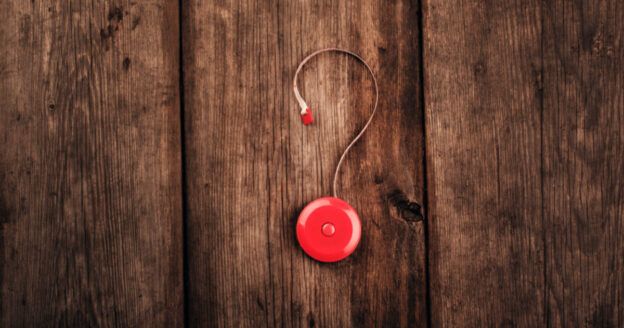
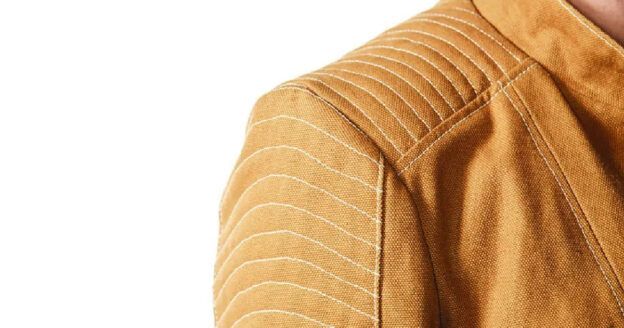
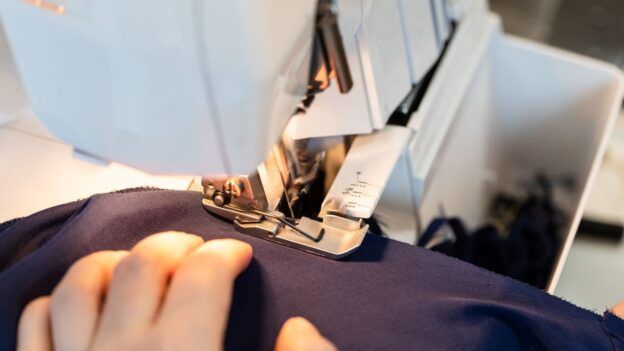
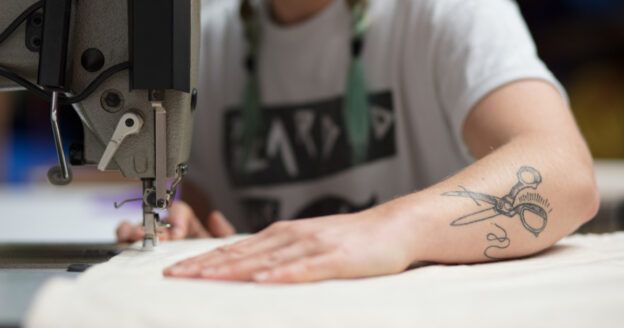

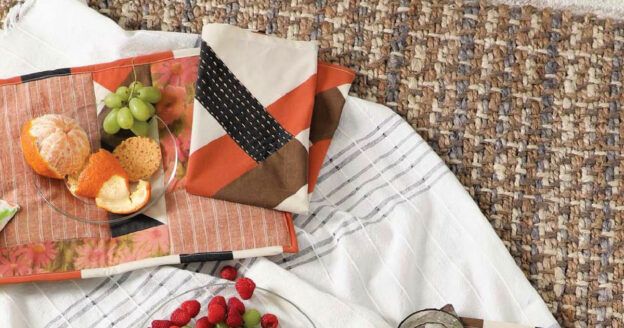
Join the Conversation!